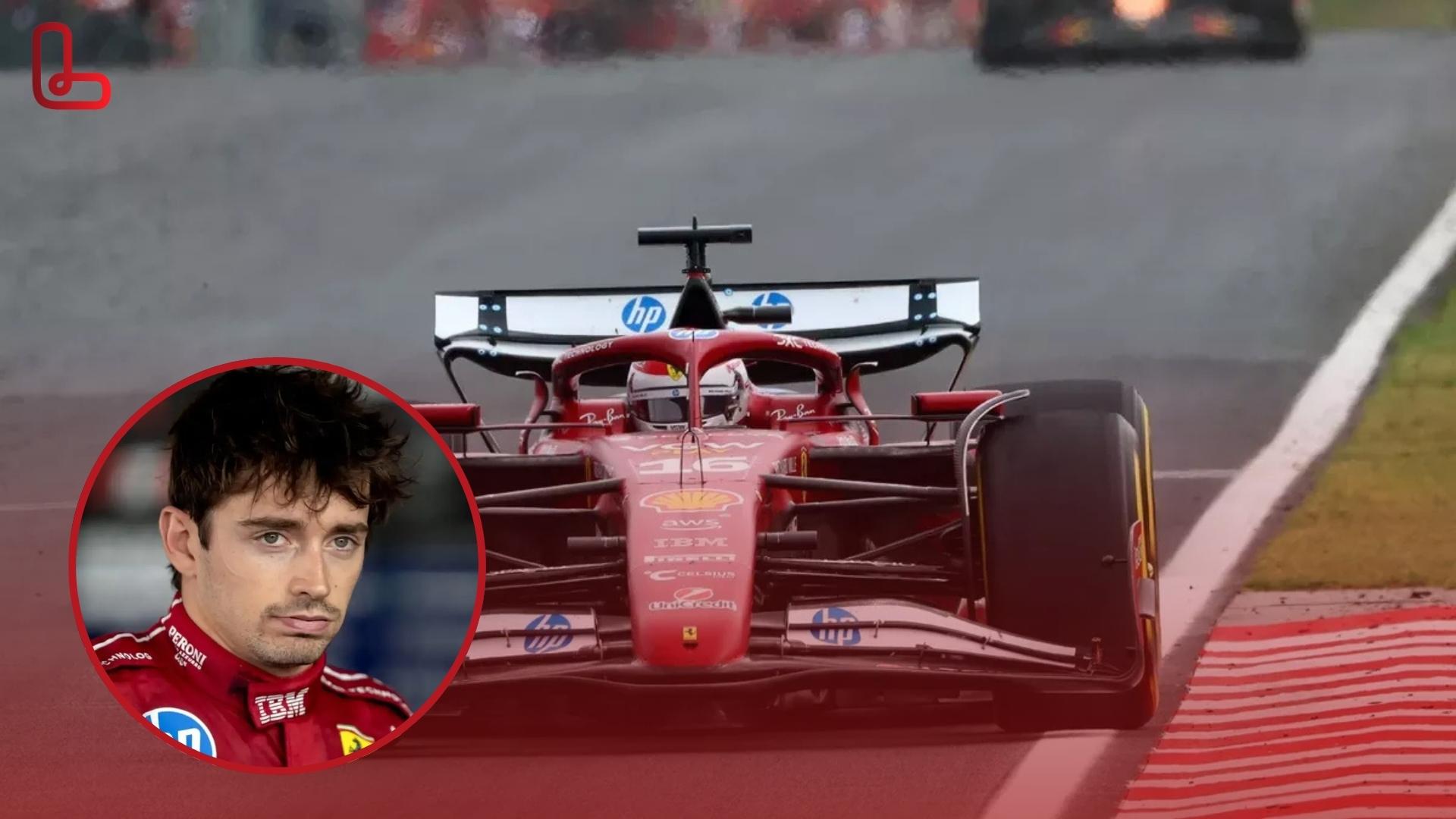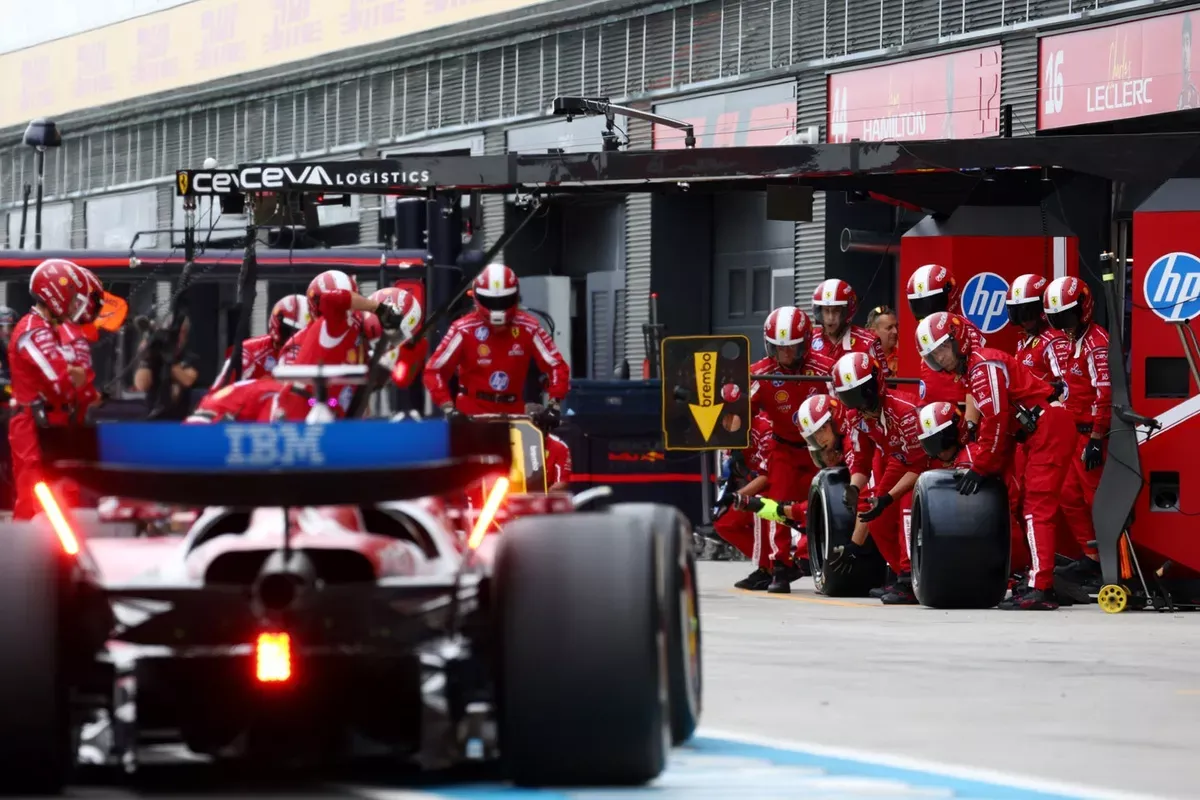Charles Leclerc Reveals Chassis Issue After Frustrated Ferrari Radio Rant

Charles Leclerc's bid for victory at the Hungarian Grand Prix took a dramatic turn after he was forced to backtrack on a heated radio outburst directed at his Ferrari team. What appeared to be a strategic misstep was later revealed as a technical failure—highlighting the unpredictable challenges of Formula 1.
Leclerc’s Race Unravels After Promising Start
Starting from pole position for the 27th time in his career, Leclerc looked poised to challenge for a rare Ferrari win. He led the early laps and maintained strong pace in the first stint. However, during his second stint, his performance rapidly declined, leaving fans and the team baffled by the sudden loss of competitiveness.
- Pole Position: 27th career pole for Leclerc
- Promising Start: Led early laps and looked set for victory
- Sudden Decline: Significant drop in pace after Lap 40
Heated Radio Messages: Frustration Boils Over
During the race, Leclerc vented his frustration over the team radio, criticizing Ferrari for not following his advice regarding an unspecified issue. "We've lost all competitiveness. You just have to listen to me. I would have found a different way of managing those issues," he said, describing the car as "undrivable."
Post-Race Discovery: Chassis Problem Identified
After the race, a debrief with the team revealed the root cause: a chassis issue that was not immediately obvious in the data. Leclerc quickly retracted his earlier criticism:
"I need to take back the words I've said on the radio... It was actually an issue coming from the chassis, and nothing that we could have done differently."
This issue emerged around Lap 40, worsening with each subsequent lap and leaving Leclerc two seconds off the pace by the end. Despite his efforts, he finished fourth, nearly 42 seconds behind race winner Lando Norris.
Ferrari’s Missed Opportunity
Leclerc expressed his disappointment, noting that the Hungarian GP represented one of Ferrari’s best chances for a victory this season. The unforeseen technical problem meant the team could not capitalize on their strong qualifying performance.
Lessons Learned: Communication and Data Challenges
Leclerc acknowledged the difficulty in diagnosing the issue mid-race, with neither he nor the Ferrari engineers able to pinpoint the problem from the available telemetry. "Apparently it wasn't as obvious from the data," Leclerc explained, underlining the complexities modern F1 teams face with car diagnostics during fast-paced race conditions.
Looking Ahead: Ferrari’s Recovery Plans
Ferrari will be eager to analyze the chassis fault and ensure it does not recur, especially as they fight to stay competitive in a season dominated by fierce battles at the front. For Leclerc, the focus now shifts to regrouping and turning pole positions into victories. For more in-depth insights on Ferrari's season and the latest F1 developments, check out LetsTalkF1.com
Key Takeaways:
- Leclerc’s frustration stemmed from a technical, not strategic, error.
- Chassis issues can be difficult to detect in real-time, even with advanced telemetry.
- Ferrari remains determined to convert strong qualifying results into race wins.
- Race Weekends
- Teams & Drivers
- Tech & Innovation
- F1 History
- News & Updates
- Fan Opinions & Debates
- Race Locations & Travel
- Merchandise & Memorabilia
- Young Drivers & Future Stars
- Off-Track Stories
- F1 Marketplace
- Esports & F1 Sim Racing
- Behind the Pit Wall
- Rules & Regulations
- Fan Art & Creativity

